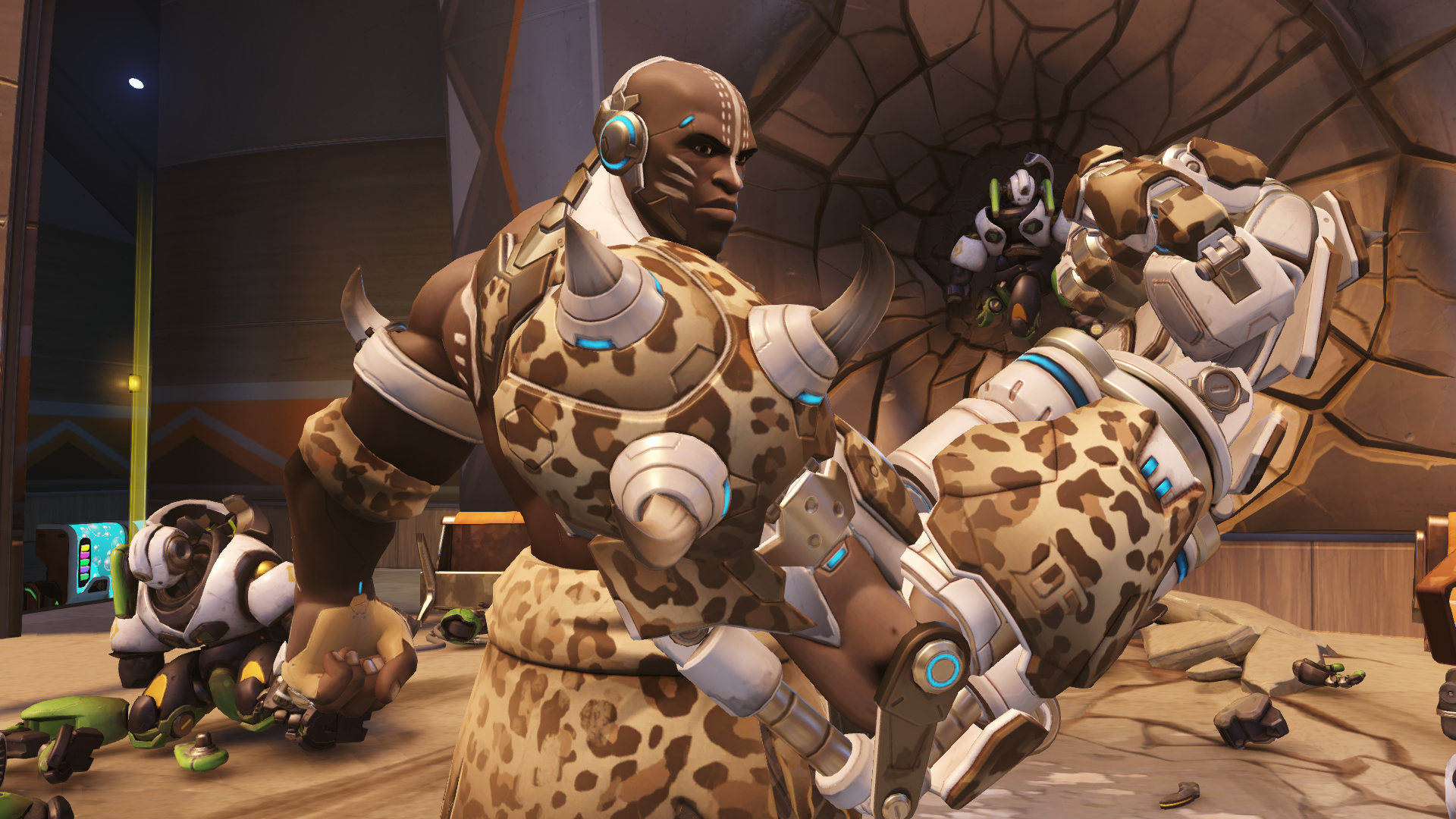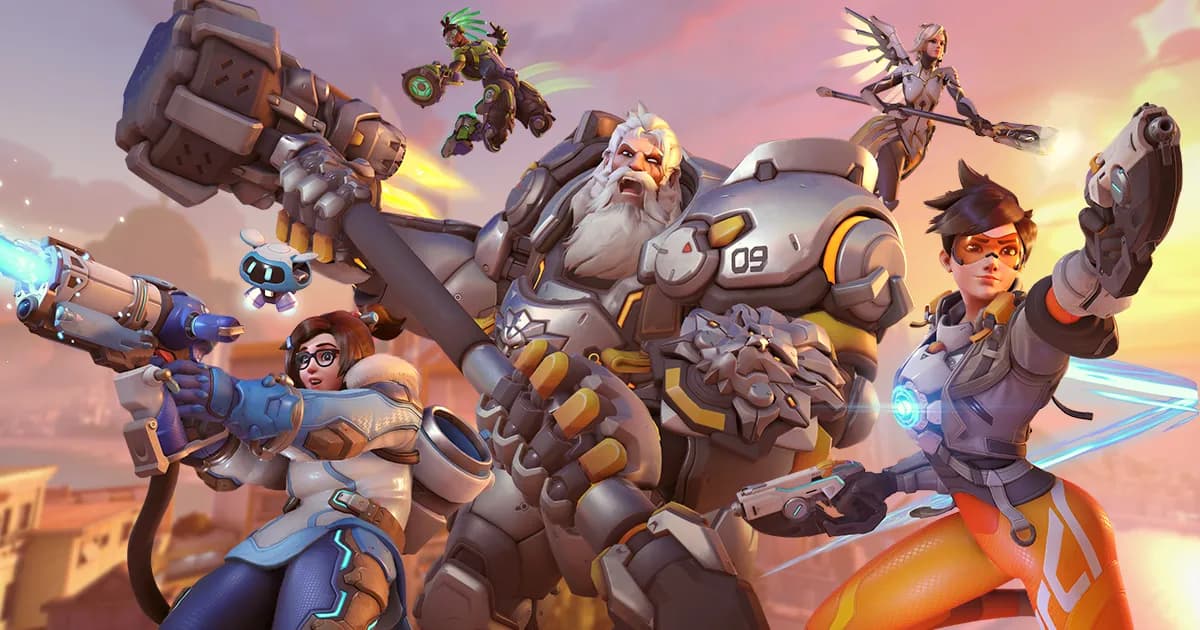Overwatch’s Patch 1.13—the one that brought Doomfist—had one line that confused a lot of players: “Adjusted the respawn timing to limit defensive stalling when the offensive team has clear advantage and playing aggressively.”
Respawn delays were added into Overwatch in February on Assault, Escort, and combination maps where it’s typical for defenders to trickle in and throw themselves onto a point to stall out an impending capture. An effort to fight ties on capture point maps, the respawn timer gave attackers more of an advantage when they earned it.
It’s helped out in stopping ineffective stall tactics, so the vague patch notes left many wondering what, exactly, Blizzard had tweaked. Overwatch principal designer Scott Mercer has the answer.
Related: Loot box buffs, crosshair options, and highlight system hit Overwatch on all platforms
Posting to the Overwatch forum, Mercer wrote that Blizzard “simply retuned the timing” so that the defender respawn time began increasing after 15 seconds of attack advantage, instead of the previous 30 seconds. The system now reaches its maximum respawn time at 75 seconds of attacker advantage instead of 90 seconds.
“The end result is that stalling tactics involving defenders trickling in one at a time into the waiting weaponry of an entire enemy team on the objective should be less effective than before,” Mercer said.
The time doesn’t immediately reset to zero if attackers temporarily leave the objective—say, to avoid a D.Va bomb—either. The attacker advantage timer instead reverses and counts down to zero. “If attackers have an advantage for 10 seconds, then defenders regain it for five seconds, the attacker advantage timer is now at five seconds,” Mercer said. “If the attackers then get a few kills to regain advantage then after 10 more seconds, the attacker advantage timer reaches 15 seconds and defender respawn time begins to slowly increase.”
Stalling is going to be a lot harder for defending teams, unless they hit the attackers as a team.






Published: Jul 28, 2017 07:46 am